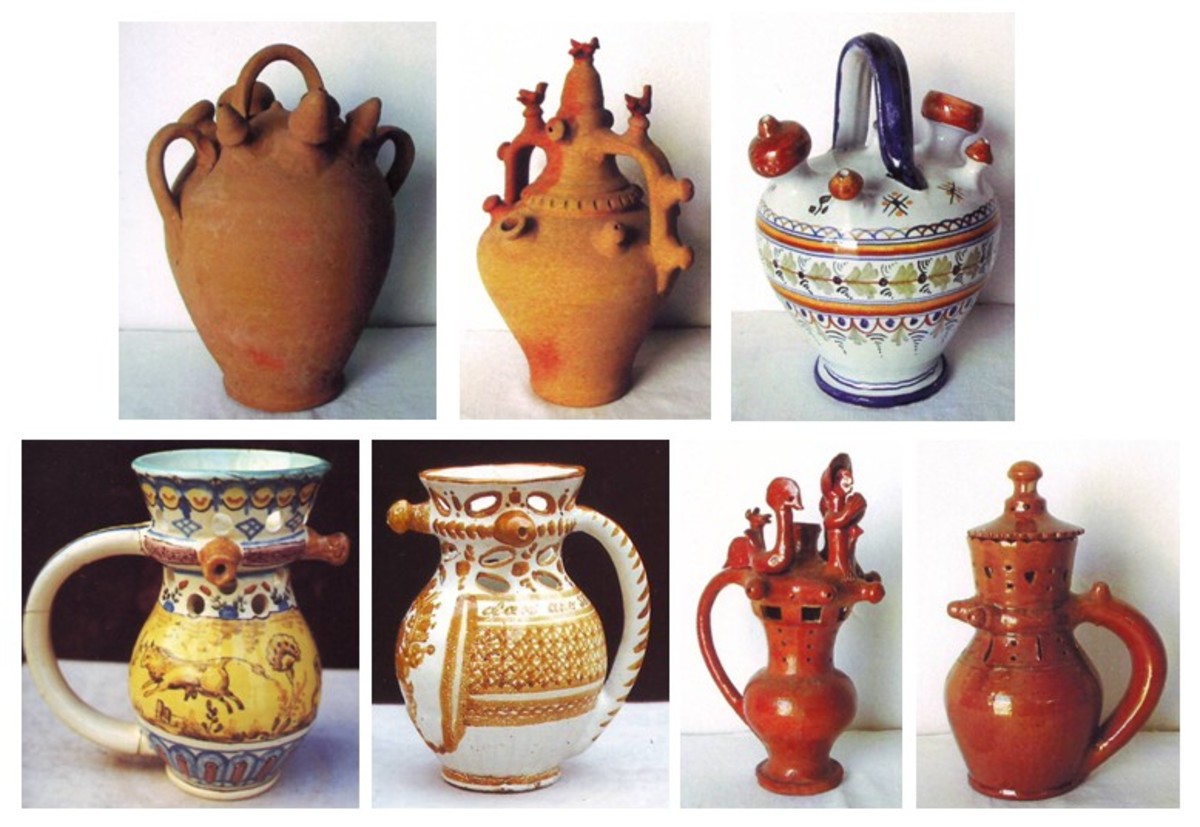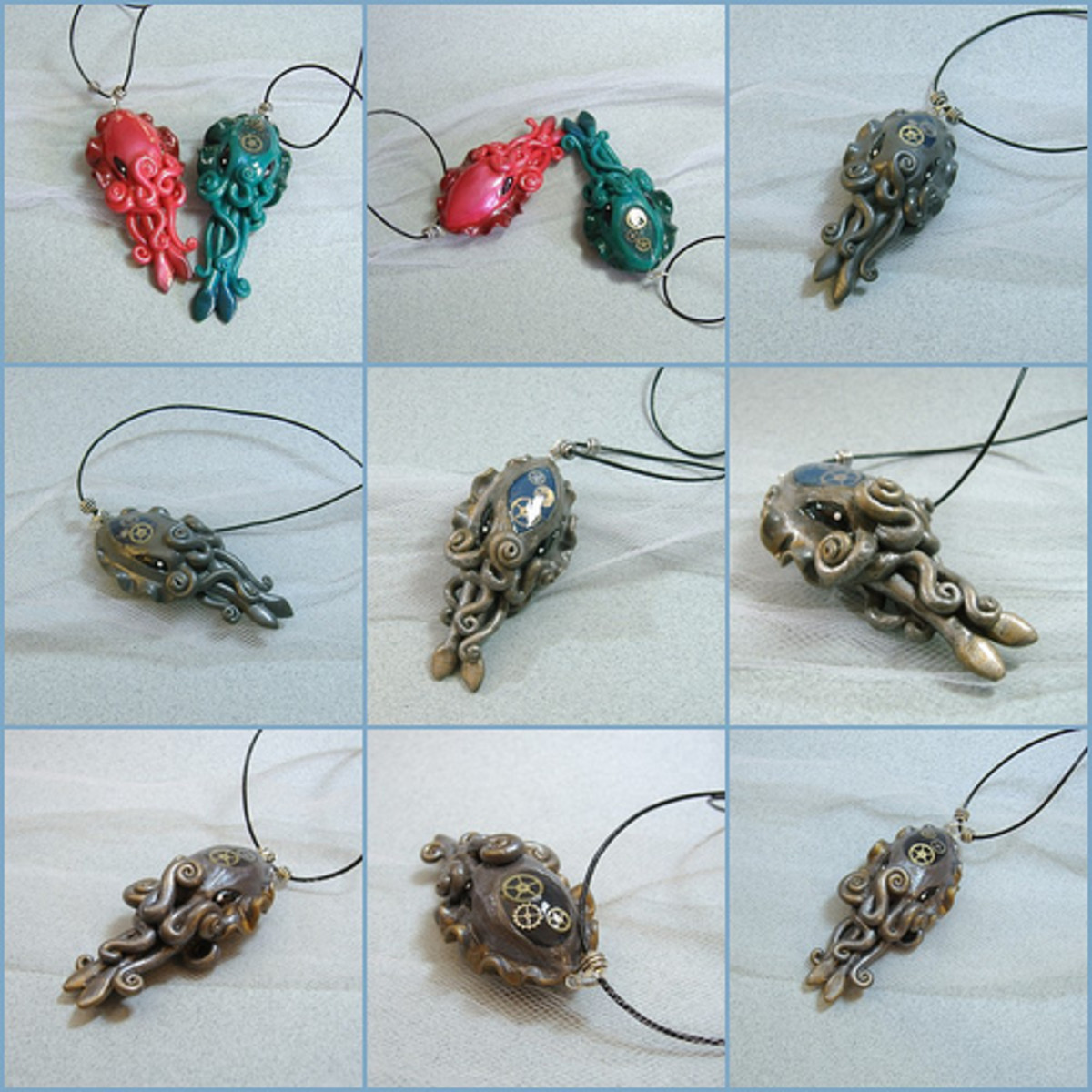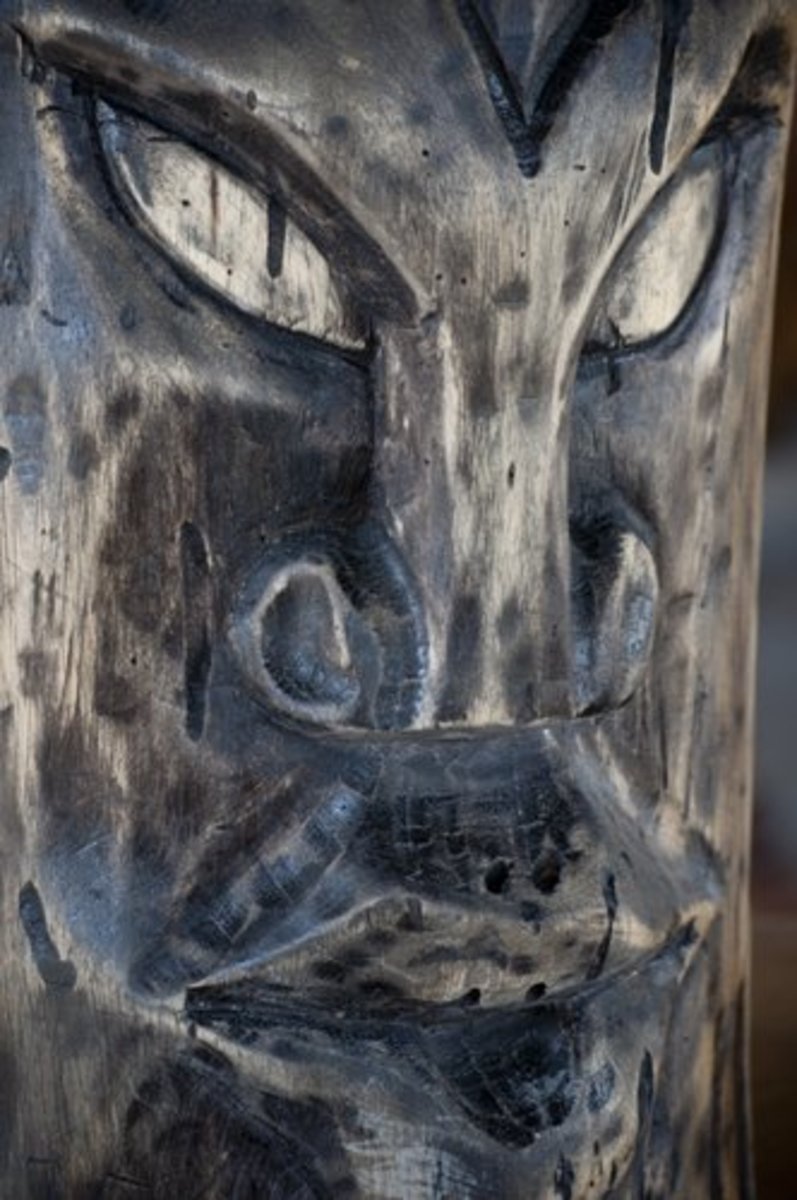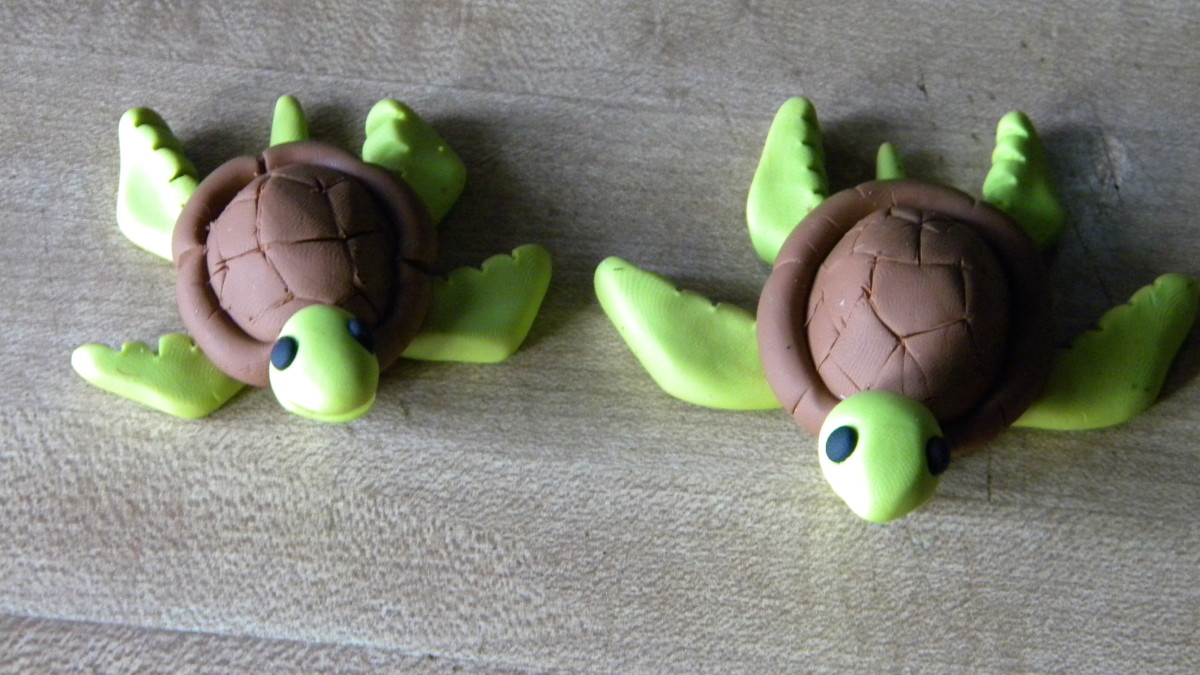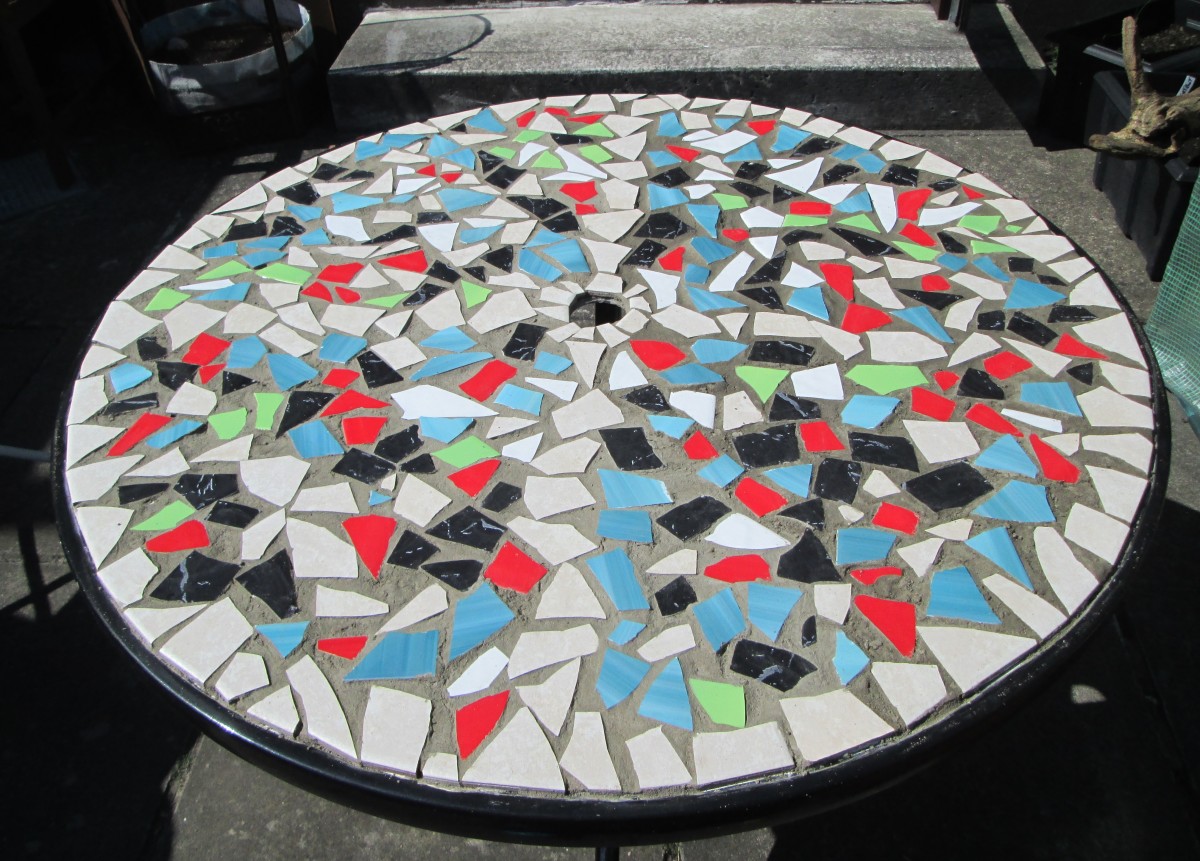Pottery for Beginners
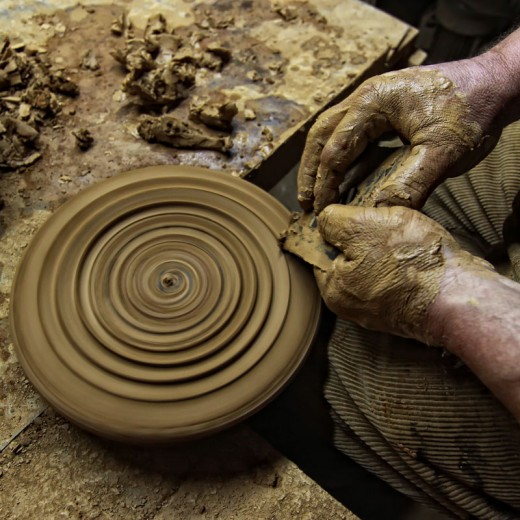
What is Clay?
Feldspar makes up more than 50 per cent of the world's surface. Clay is produced from feldspar by weathering through the ages. The weathering process is constant and more and more clay is being formed, not quickly, but enough to keep all potters busy.
Pure clay consists of one part alumina and two parts silica plus chemically combined water. (This water is quite apart from that added to make it plastic and only leaves the clay during firing.)
Varieties of Clay
The clay most nearly pure is residual or primary clay. This remains in the place where it was formed, thus running less risk of absorbing impurities.
Kaolin and china clay are residual and are white in color. There is considerably less residual clay in the world than sedimentary or secondary clay which is washed slowly down by streams and rivers, gathering foreign bodies such as vegetable matter and minerals which darken and color it. The color varies from putty through grey, green, and blue to terra-cotta before it is fired. Once fired most of it is putty colored or reddish-brown.
Sedimentary clays vary greatly from place to place because of the different impurities picked up, but all are more plastic than residual clays. The movement during the journey grinds the particles very finely, making the clay plastic.

Where To Obtain Ball Clay
Ball clay is a sedimentary clay and is available in ready-to-use packs at most ceramic supply stores. It will probably be sold under different trade names in different cities, but the dealer will know what you mean. Commercial potteries and brick kilns also will usually sell clay to potters.
You can buy ball clay in powder form and mix it yourself. When mixing dry clay always add the clay to the water. If you pour water over dry clay it will form a skin which makes it difficult for the water to penetrate, and you will find small pockets of dry clay which have to be broken and mixed.
Earthenware clay, fire clay, and stoneware clay are all sedimentary. There is no fine line drawn between any of them. Earthenware or common clay matures when fired between 980° and 1100° C. This usually has to be made up by adding flint or kaolin, but can be bought ready prepared. Here is a good stoneware body that you can make yourself:
- Ball clay - 52 pounds
- Kaolin - 11 pounds
- Talc- 1 1/2 pounds
- Fine river sand - 8 pounds

Digging Your Own Clay
This is great fun. If there is a new road cutting near by, or excavations for a cellar or basement, or even foundations being dug for a house you can usually persuade the workmen to let you have a few bucketsful of clay. Sometimes you can even dig it up in your own garden. It is usually found a few feet underground and is quite easily recognized by working a small lump in your fingers. If it will readily form a ball it is worth having. Dry the lumps thoroughly in the sun, and then pound them up with a mallet or log of wood. The finer it is the easier it will be to make it into slip. To make it into slip add two parts of water to one part of clay. Slake for a few hours and then mix well. Stir right from the bottom until the whole mixture is of a cream consistency. Strain through a sieve that is forty mesh, i.e. forty strands of wire to the inch. Woven wire can be bought in various meshes.
If the clay has much rubbish in it, such as twigs, stones, and leaves, it is easier to put it through a coarse sieve first. Allow the clay to settle for a day at least and then remove the surplus water with a sponge or siphon. Start by mixing a small amount of clay and water to test, because you will not know if it is going to be satisfactory. You may be lucky enough to find clay that is workable on its own, but the chances are that something will have to be added either to make it more plastic or to open it up. When you have sieved and dried your test lump, roll a small piece into a coil. If you can form a pencil-thin coil a few inches in length. without it cracking when bent, your clay is plastic enough to use as it is. This is called "long" clay. If it cracks and crumbles it is "short" and needs an addition to make it suitable.
To make it more plastic try adding some of the bought ball clay. Dug clay will probably be a rich terra-cotta color, able to take up to 33 1/3 per cent ball clay and still retain most of its color.
If this is not satisfactory add 1 per cent Bentonite to the dug clay. Bentonite must be added dry to dry ingredients as it is extremely plastic and becomes gelatine-like when wet. If the clay is too plastic it can easily be opened up with some fine sand or flint.
Weigh the dry clay and the material that you are adding so that the proportions can be repeated for a further supply. Only add one new material to the clay before testing. This makes it easier to check.
This content is accurate and true to the best of the author’s knowledge and is not meant to substitute for formal and individualized advice from a qualified professional.
© 2012 Longtail

